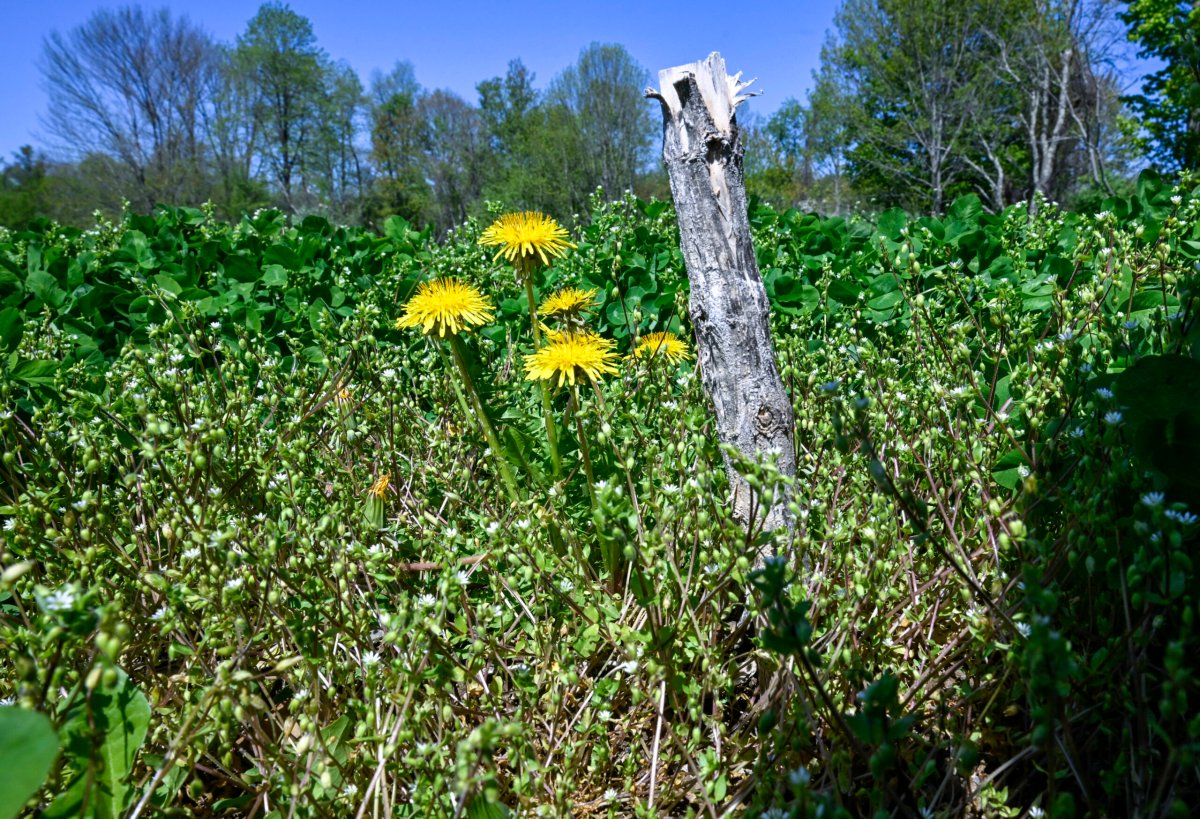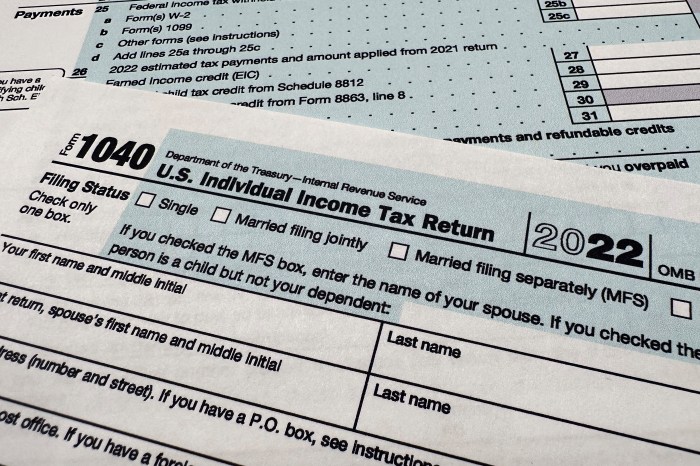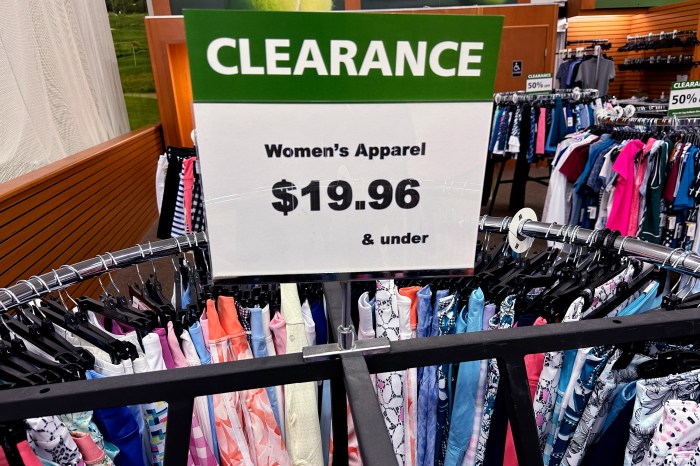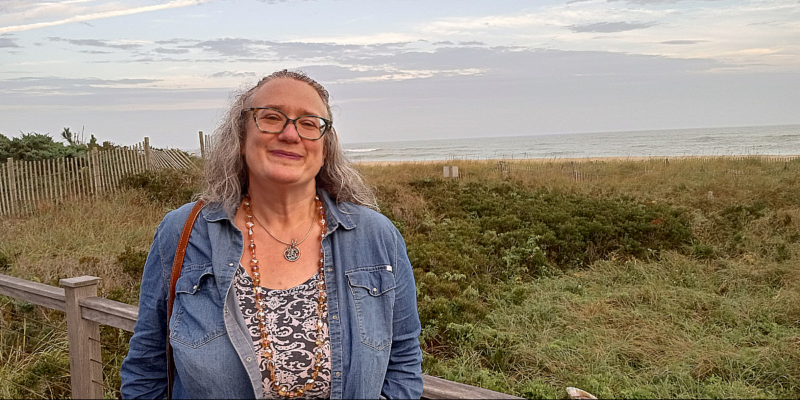ARGYLE, N.Y. (AP) — Seth Jacobs has about 100 bins packed with marijuana flower sitting in storage at his upstate New York farm.
And that’s a problem. There aren’t enough places to sell it.
The 700 pounds (318 kilograms) of pungent flower was harvested last year as part of New York’s first crop of legally grown pot for recreational use. He also has roughly 220 pounds (100 kilograms) of distillate. Months later, there are only a dozen licensed dispensaries statewide to sell what Jacobs and more than 200 other farmers produced.
Now, another growing season is underway and farmers still sitting on much of last year’s harvest are in a financial bind.
“We are really under the gun here. We’re all losing money,” Jacobs recently said at his farm on rolling land near the Vermont border. “Even the most entrepreneurial and ambitious amongst us just can’t move much product in this environment.”
New York pot farmers aren’t the only ones struggling with difficult economic conditions. Marijuana growers in western states have also complained that low prices, tough competition from the black market, high state taxes and federal banking and exporting restrictions have made it tough for legal growers to make money.
But the farmers’ plight in New York is directly tied to the bumpy launch of the state’s recreational pot market.
State leaders had always planned to gear up the market in stages, giving a chance for a diverse set of participants to get a toe-hold. The state’s process for licensing new dispensaries, however, has moved at a far slower pace than expected.
Last fall, Gov. Kathy Hochul foresaw 20 new shops opening every month or so to start this year. Instead, one store was open by the start of the year, with 11 more opened since.
Unlicensed shops rushed in to fill the void, especially in New York City, but those outlets aren’t a legal market for the state’s farmers. Federal law prohibits the New York farmers from transporting their crop across state lines.
That means limited shelf space to sell the 300,000 pounds (136,000 kilograms) of cannabis grown in the state last year, much of the product meant to be processed for items like gummies and vapes.
Statewide, there is estimated to be hundreds of millions of dollars worth of unsold cannabis, about 80% in the form of cannabis oil, according to the Cannabis Association of New York, a trade group. There are concerns the smokable flower will eventually become too old to sell.
Jacobs keep his bins of buds at Slack Hollow Organics in secure, temperature controlled units. More valuable still is the distillate at various processors he’s waiting to sell. Elsewhere in rural New York, Brittany Carbone, co-founder of Tricolla Farms, said the stock they’re sitting on includes 1,500 packs of pre-rolled joints and about 2,000 packs of edibles.
“What we really need to see is more retailers get open, and that’s going to actually give us the sustainable solution,” Carbone said.
The lack of sales is a particular problem for small farmers who stretched themselves thin financially to produce last year’s crop and now need capital for their second year.
Jacobs, whose brand is Bud & Boro, said he won’t grow plants for distillate this year because of the backlog. Carbone said they are planting on less than the acre they’re legally allowed and are holding off on infrastructure investments, like hoop houses to help with growing.
In New York, many critics blame missteps by state officials in their well-intentioned effort to open the market to a diverse array of entrepreneurs. That meant reserving the first legal pot harvests for struggling hemp farmers. And people with past marijuana convictions were given the chance to open some of the first dispensaries.
Critics say the process has been cumbersome for dispensary applicants. And there have been issues with a planned $200 million fund to help “social equity” dispensary licensees with the costly task of setting up shops.
The fund was supposed to consist of up to $150 million in private investment. But state Dormitory Authority spokesperson Jeffrey Gordon declined to say whether any private money had been invested yet, saying in an email only that “work to raise private capital is ongoing.”
Gordon noted New York’s “complex and unprecedented” effort to create a new statewide enterprise from scratch, which included evaluating 10,000 commercial properties for dispensary locations and arranging for banking, training and other services for the licensees.
The retail rollout also was hobbled by a federal judge’s ruling in November that temporarily barred New York from issuing dispensary licenses in parts of the state, including Brooklyn and Buffalo. The injunction was later narrowed to the Finger Lakes region before a settlement was reached this week.
The Office of Cannabis Management has taken recent steps to boost demand, including the provisional approval last month of 50 new dispensary licenses. And plans are in the works for that would allow groups of growers to join with retail licensees to sell their cannabis at places other than stores, like at a farmers’ market or a festival.
“We know these cultivators are worried about how to sell last year’s harvest as they decide whether to plant a cannabis crop in 2023, and we will continue to support them as more adult-use dispensaries open to sell their products,” cannabis office spokesman Aaron Ghitelman said in an email.
On a separate track, Hochul and the Legislature approved a new law giving regulators broader power to seize weed from the illicit shops competing with the legal shops.
Though frustrated, farmers like Jacobs and Carbone are hanging on. Carbone has gotten her farm’s brand, TONIC, into six dispensaries. Jacobs has received some intermittent payments and hopes the farmers market policy being devised will give him a new avenue to sell his marijuana.
“This all will get worked out,” Jacobs said. “And I want to be there when it does.”


















